Creative Ideas for Your Very Own Kitchen Accent Wall

Having a kitchen accent wall is a unique way to elevate your kitchen's style and create a visually striking focal point. While completely renovating or redoing your kitchen might not be a practical idea, you can still change and elevate the full look with the help of an accent wall. Whether you desire a burst of color, a touch of texture, or a captivating pattern, an accent wall can transform your entire kitchen. There are thousands of ways you can create a whimsical, classic, or modern kitchen accent wall, all it takes is sparking your creative side.
How to Begin Building An Accent Wall in Your Kitchen
Before anything else, the process of building your kitchen accent wall starts with planning these three parts:
- Which wall is going to be the accent wall?
- What material do you plan on using for your accent wall?
- The type and practicality of accent walls, and how well it goes with the overall kitchen design.
Almost any wall in your kitchen can be an accent wall. However, there are simple points that you should keep in mind. First, the accent wall should not be a hidden corner. It is supposed to be a focal wall and should therefore be a wall that instantly grabs the attention of anyone who enters the kitchen.
Secondly, when it comes to material you have a lot of choices. Wallpaper, paint, wood slats, tile, etc. are just a few popular choices.
Thirdly, the wall should go well with the entire vibe of the kitchen. Instead of creating a strange combination of colors and designs, the new accent wall should tie and bind together the overall decoration and personalization of your kitchen.
If your kitchen has a sloped wall resulting from a vaulted ceiling or an arched wall from a barrel ceiling, these walls present prime choices for an accent wall. A wall with shelves displaying decorative plates and ceramic pottery or the wall behind a decorative hutch also offers a good choice.
The fifth wall in the room is the ceiling. Painted ceilings are a trending look and an excellent way to introduce color into the room. If you cannot decide which wall to go with, you can always choose the ceiling as your kitchen accent wall.
Choosing the Perfect Wall
Choosing the right wall for your accent wall in the kitchen is essential to maximize its impact and visual appeal. Here are a few suggestions to help you decide:
Focal Point Wall: Select a wall that naturally draws attention and serves as a focal point in your kitchen. This could be the wall behind the stove or cooktop, as it often becomes the centerpiece of the space. Alternatively, you can choose the wall facing the front of your kitchen or the one that is visible from the dining area.
Backsplash Wall: Consider transforming the wall above your kitchen's backsplash into the accent wall. This choice allows you to seamlessly integrate the accent into the existing design elements, such as countertops and cabinets, creating a cohesive and visually pleasing look.

Niche or Alcove Wall: If your kitchen has any niches, alcoves, or architectural features like recessed walls, they can be ideal candidates for accent walls.
Island or Bar Wall: If your kitchen has an island or a breakfast bar, consider making the wall behind it the accent wall. This choice draws attention to the gathering area and complements the overall functionality of the space.
Why is an Accent Wall Perfect for Your Kitchen
An accent wall can bring numerous benefits to your kitchen, enhancing its style and overall ambiance. Here are some reasons why an accent wall is perfect for your kitchen, along with key considerations for choosing the right one:
Break the Monotony:
Your kitchen is the heart of your home, especially if you love cooking and your kitchen and dining area is an open space. It breaks the tediousness of uniform walls and draws the eye, adding an element of pleasant surprise.
Budget-Friendly:
An accent wall is a cost-effective way to update and transform your kitchen without a major renovation. It requires minimal materials and can be a fun DIY project, saving both time and money compared to other extensive remodeling options.
What Should Be Considered When Choosing an Accent Wall for Your Kitchen

Like all interior designing projects, choosing a kitchen accent wall also has some dos and don’ts. While choosing an accent wall for your kitchen you should consider the following elements.
Cohesion with Existing Design:
The accent wall should complement the existing design elements of your kitchen. Consider the colors, materials, and overall style of your cabinets, countertops, and flooring. Choose an accent wall that harmonizes with these elements rather than clashing with them.
Lighting and Natural Light:
Take into account the lighting in your kitchen when selecting the accent wall. Consider how natural light or artificial lighting sources interact with the wall's color or texture. Ensure that the accent wall is well-lit to highlight its features and create a visually appealing effect.
Size and Proportions:
Consider the size and proportions of your kitchen when choosing an accent wall. In smaller kitchens, opt for a wall that is easily visible but doesn't overwhelm the space. In larger kitchens, you have more flexibility in selecting a larger or more prominent wall.
Practicality and Durability:
Keep in mind the practicality and durability of the materials used for the accent wall. Kitchens are high-traffic areas that face moisture, grease, and heat. Choose materials that are easy to clean, resistant to stains, and suitable for your kitchen design.
Materials for an Accent Wall in Kitchen
Different materials such as wood, brick, tile, stone, and wallpaper can be used in your kitchen accent wall.
Using Wood for a Kitchen Accent Wall

Wood paneling is a classic choice for a textured accent wall in a kitchen. It is cozy and welcoming and is ideal for modern or farmhouse-inspired interior designs. The beauty of Wood slat panels is they come in a variety of wood types each with their own unique color and texture.
Wood is a versatile option for your kitchen, be it a small accent wall or a focal point for an open kitchen. The type of wood will largely influence the outcome; therefore, it is necessary to know your options before you decide on a wood. For example, White Oak and Ash wood will be lighter while Smoked Oak and Mahogany have a rich dark color.
Advantages of Using Wood for A Kitchen Accent Wall:
- Aesthetic Appeal: Wood accent walls give a natural and warm touch to the kitchen environment. They can be customized to match a variety of interior designs, from modern to rustic or farmhouse.
- Versatility: Wood panels come in various types, each with a unique color and texture. This allows for a lot of flexibility when creating your kitchen's look.
- Noise Insulation: Wood can provide some degree of sound insulation, which can be beneficial in a bustling kitchen environment.
- Eco-Friendly: Wood is a renewable resource. When sourced sustainably, it's an eco-friendly choice for your kitchen.
Disadvantages of Using Wood for A Kitchen Accent Wall:
- Maintenance: Wood may require occasional maintenance like sealing or staining to prevent damage over time.
- Water Sensitivity: While fine for an accent wall, wood is not ideal for areas of the kitchen that may frequently come in contact with water or steam, such as a backsplash.
- Susceptibility to Damage: Wood can be susceptible to scratches and dents, which might be more noticeable compared to other materials.
- Cost: Depending on the type and quality of the wood chosen, it can be more expensive than other options.
Using Tile for a Kitchen Accent Wall

Tiles as an accent wall in a kitchen offers an exceptional way to add color, texture, and personal style to the space. They provide an opportunity to make a statement, and with their long-lasting durability, they're an investment worth considering. You can select from an array of options, including ceramic, porcelain, glass, and even stone tiles. Each type brings a distinctive appeal, from the glossy sheen of glass to the rugged charm of natural stone.
The choice of tiles can dramatically influence the overall appearance of your kitchen. Porcelain or ceramic tiles with a neutral tone offer a minimalist, clean look, while colorful mosaic or patterned tiles can infuse energy and vibrancy into the space. Meanwhile, subway tiles continue to be a timeless choice, enhancing a kitchen with a classic yet contemporary edge.
Tiles are not only aesthetically versatile, but also highly functional, especially in a kitchen setting. Whether you opt for a small accent section or a full feature wall, tiles are designed to withstand the rigors of a busy kitchen.
Advantages of Using Tiles for a Kitchen Accent Wall:
- Durability: Tiles are highly durable and resistant to moisture, stains, and heat, making them an ideal choice for the kitchen environment.
- Variety of Options: Tiles are available in an array of shapes, sizes, colors, and patterns, offering virtually limitless possibilities to customize your kitchen to your preference.
- Easy to Clean: Tiles have a non-porous surface that is easy to clean and maintain, making them a practical choice for maintaining a tidy kitchen.
Disadvantages of Using Tiles for a Kitchen Accent Wall:
- Installation: Tile installation can be a complex and time-consuming process, often necessitating professional help.
- Cost: Depending on the quality, style, and type of tile chosen, this option can be more costly compared to other accent wall materials.
- Grout Maintenance: Despite the durability of tiles themselves, the grout lines in between can be susceptible to staining or discoloration over time, requiring periodic cleaning and upkeep.
Wallpaper Kitchen Accent Walls

Wallpaper is a vibrant choice for an accent wall in your kitchen, providing an instant makeover with a plethora of designs, patterns, and colors. Whether you're aiming for a sleek modern look, or a cozy vintage-inspired kitchen, wallpaper can help you achieve that goal. You can choose from a broad range of materials including vinyl, paper, fabric, and even bamboo.
The type of wallpaper you select will greatly influence the overall appeal. For instance, embossed wallpaper can add an interesting 3D effect, while metallic or glossy wallpaper can reflect light and make the kitchen feel more spacious.
However, wallpaper selection requires careful consideration due to the kitchen's potential moisture and heat exposure. Vinyl-based wallpaper might be a better option in this case, as it is more resistant to these conditions compared to other types.
Advantages of Using Wallpaper for A Kitchen Accent Wall:
- Design Versatility: Wallpaper offers a wide range of patterns, textures, and colors, allowing you to mix and match various styles and looks, enhancing the aesthetic appeal of your kitchen.
- Easy Application: Installing wallpaper is straightforward and can be done as a DIY project. This makes it an attractive option if you like frequently changing your décor.
- Cost-Effective: Wallpaper is often more affordable than other materials while providing amazing aesthetics to the kitchen environment.
Disadvantages of Using Wallpaper for A Kitchen Accent Wall:
- Moisture Sensitivity: Kitchens are prone to humidity and splashes, which can damage or loosen wallpaper over time. This makes the material less suitable for high-risk areas, such as near the sink or the stove.
- Limited Durability: Wallpaper is less durable than tiles or stone and may require replacement or touch-ups often. This might increase the maintenance efforts and costs over time.
- Difficult to Clean: Unlike tiles or stone, cleaning wallpaper can be challenging. Food splashes or grease stains can be difficult to remove and might ruin the whole wallpaper. Therefore, it's recommended to use in areas that are less likely to get dirty.
Incorporating Stone in a Kitchen Accent Wall

Opting for stone as your choice of material for a kitchen accent wall introduces a level of luxury and nature-inspired beauty that is hard to match. Stone walls immediately draw the eye, acting as a captivating point of interest in your kitchen. The organic patterns and textures inherent to each stone type offer a one-of-a-kind design element.
Stone offers a unique sense of permanence and strength, making it an impressive choice for a kitchen accent wall. You can find a variety of stone options to match your interior design style, such as slate for a rustic look or marble for a touch of elegance. The color spectrum available in stone also varies, with options ranging from light and airy to deep and dramatic.
The type of stone chosen can drastically influence the overall ambiance of your kitchen. Lighter stones like limestone or travertine can create a bright and serene atmosphere, while darker stones like granite or soapstone can bring a sense of warmth and coziness.
Advantages of Using Stone for a Kitchen Accent Wall:
- Natural Beauty: Stone, with its unique color variations and natural textures, adds a unique and organic touch to your kitchen. It's a perfect way to bring an element of the outdoors, indoors.
- Durability: Known for its resistance to heat and longevity, stone is a durable choice for a kitchen accent wall. It can withstand the hustle and bustle of everyday kitchen activities.
- Easy to Clean: Despite its luxurious appearance, stone surfaces are generally easy to clean and maintain, making it a practical choice for busy kitchens.
Disadvantages of Using Stone for a Kitchen Accent Wall:
- Cost: While stone can be an impressive and attractive choice, it can also be costly, especially when opting for high-quality stones like granite or marble.
- Installation Complexity: Stone installation can be complex and often requires professional assistance. This could add to the overall cost and timeline of your project.
- Porosity: Certain types of stone, such as marble, are porous. This means they may require sealing to prevent staining or damage from acidic substances like lemon juice or vinegar. It's important to consider this additional maintenance when choosing stone for your kitchen accent wall.
Painting an Accent Wall in Your Kitchen

A paint accent wall can be a bold statement or a subtle touch in a kitchen. Regardless of the color scheme or interior style you're going for, there is always a paint color that can complement it perfectly. From soft pastels to vibrant hues, the possibilities are endless when you're working with paint.
Paint is a versatile material for your kitchen accent wall, allowing for easy updates or changes whenever you fancy a fresh look. The type of paint finish you opt for – matte, glossy, or semi-gloss – can also contribute to the overall ambiance of your kitchen. For instance, a glossy finish paint in a bold color can add a modern and sleek vibe.
Advantages of Using Paint for a Kitchen Accent Wall:
- Cost-Effective: One of the major advantages of paint is that it’s one of the most budget-friendly options for an accent wall. You can change the entire look of your kitchen without breaking the bank.
- Versatility: Paint offers a vast array of colors, shades, and finishes. This flexibility makes it easier to match or contrast the color of the accent wall with your kitchen decor and to change the mood of the space whenever you want.
- Easy to Modify: Unlike most other materials, paint is very easy to modify. If you want to change the color or style of your accent wall, you can simply paint over it. This makes it a stress-free option for those who like to frequently update their home's aesthetic.
Disadvantages of Using Paint for a Kitchen Accent Wall:
- Susceptibility to Wear: Paint, especially lighter shades, can be prone to chipping, scuffing, and stains over time, particularly in high-traffic areas like the kitchen. It may require regular touch-ups or a fresh coat every few years to keep it looking its best.
- Limited Texture: While you can play around with different paint finishes, paint inherently lacks the textural depth and visual interest that other materials like wood or stone can provide.
- Repetitive Patterns: Paint generally results in a uniform appearance. While this can look sleek and modern, it lacks the intricate patterns or designs that you can achieve with tiles, stone, or wood panels. However, you could consider using a special paint technique like sponging or stenciling if you want to add some pattern and texture to your paint accent wall.
Choosing the Right Color and Pattern: How Color and Pattern Can Elevate the Look of the Kitchen

You might choose the perfect material and perfect place for your feature wall; however, the color and pattern of the accent wall also play significant roles in determining the final look of your kitchen. The right color and pattern immediately catch the eye and reinforce the style of your kitchen. For example, if you have a modern kitchen, sleek and bold colors like black, white, or vibrant red can accentuate the modern look. On the other hand, soft pastel hues and delicate floral patterns can enhance a farmhouse or shabby chic style.
Colors have the power to evoke specific moods and emotions. The right color palette can help set the desired mood and create a welcoming environment. For instance, warm colors like red, orange, and yellow can create a lively and energetic atmosphere, whereas cool colors such as blue and green can promote a calm and relaxing ambiance.
Similarly, colors and patterns can also influence how spacious your kitchen feels. Lighter colors tend to make a space appear more open, while darker hues can create a cozy atmosphere. Vertical patterns can visually heighten a low ceiling, while horizontal patterns can make a narrow kitchen feel wider.
Color and combination that work well in the kitchen
There are several color combinations that work well in kitchens, depending on the style and atmosphere you want to achieve. Here are some popular options:
White and Gray:
A classic combination that creates a clean and sophisticated look. White cabinets or walls paired with gray countertops, backsplash, or accent features can lend an elegant and timeless appeal to your kitchen.
Blue and White:

This combination offers a fresh and lively vibe. Light blue cabinets or walls with white countertops and backsplash create a calming and airy atmosphere. Consider using shades of blue like sky blue, navy, or teal for added depth and interest.
Neutral and Warm Tones:
Combining warm neutral colors like beige, cream, and taupe can create a cozy and inviting kitchen. These colors are versatile and work well with various styles, from traditional to rustic or even contemporary.
Contrasting Black and White:
The high contrast between black and white creates a striking look. Consider using white cabinets or walls with black countertops, backsplash, or accent details. This combination adds a bold statement to your kitchen.
Monochromatic Grays:
Create a modern and sleek kitchen with different shades of gray. Gray cabinets, countertops, and backsplash can create a sophisticated and cohesive look. Try adding pops of color or metallic accents to add visual interest and prevent the space from feeling too dull.

Pop of Color:
Inject vibrancy and personality into your kitchen by incorporating a bold pop of color. Choose a single color as an accent, such as vibrant red, sunny yellow, or energetic teal. Use it for a focal point like an island, backsplash, or kitchen accessory to add excitement and visual impact.
Top 5 tips for choosing the perfect color and pattern
Let’s have a look at the top 5 tips that will help you choose the perfect colors and patterns for your kitchen accent wall:
- Try to test samples before making a final decision.
- Color-coordinate your accent wall with the colors of your countertops, cabinetry, and floors. Remember, the colors and textures need to be in harmony not in clash.
- Coordinate the colors with texture, existing colors, and light; i.e., how much natural light your kitchen receives, and how much more is needed.
- The color and pattern you choose should consider how spacious or cozy your kitchen appears.
- While personalization is crucial, you can also seek inspiration from other kitchen designs. Explore kitchen designs similar to yours and observe how different colors and patterns are used in accent walls. This will spark ideas and help you envision how certain options might work in your space.
Enhancing the Impact of Your Accent Wall
You can enhance the impact of your accent wall by choosing the right wall, taking care of the lighting, and balancing the color and texture with the color scheme of the rest of the kitchen. Artwork, mirrors, chalkboard and whiteboard, herbs and plants, decorative pendants, and decorative backsplash are some of the accessories that can enhance the overall look of your kitchen accent wall.
Black Accent Wall Ideas for Your Kitchen

Black is a statement color; it can be adorned on its own or can be combined with other options. Here is how you can get the most glam look out of your black kitchen accent wall:
· Coordinate with light.
· Use glossy finishes and incorporate natural tones.
· Balance the black wall with lighter colors such as whites, creams, etc.
· Consider textured materials such as charcoal wood panels, black stone brick, and black textured tiles.
Simple Kitchen Wall Décor Ideas
Simplicity can be the key when it comes to kitchen accent wall decor. Choose a few elements that reflect your personal style and enhance the overall aesthetic of your kitchen without overcrowding the space. Consider the size of your walls and the existing color scheme to create a cohesive and visually pleasing arrangement. Let’s have a look at some DIY ideas.
Wall Art: Hang artwork or prints that complement the style and color scheme of your kitchen using prints, frames, or adhesives.
Floating Shelves: Install floating shelves on your kitchen walls to display decorative items, cookbooks, small plants, jars with colorful ingredients, or stylish kitchen utensils.
Plate Display: Create a focal point by arranging decorative plates on the wall. Choose plates with interesting patterns, colors, or designs. Arrange them in a symmetrical or asymmetrical arrangement, using plate hangers or adhesive hooks.
Kitchen Clock: Choose a design that complements your kitchen's aesthetic and adds a functional element to the space.
Chalkboard or Whiteboard: Paint a section of the wall with chalkboard or whiteboard paint to create an interactive and functional space. Use it for writing down recipes, grocery lists, or inspirational messages. As a bonus, try hanging small baskets or hooks nearby to hold chalk, erasers, or markers.

Kitchen Tools as Decor: Hang a collection of colorful or vintage-looking utensils, pots, or pans using hooks or a pegboard.
Vintage Signage: Find vintage-inspired signs or metal wall art with kitchen-related phrases or imagery. These pieces add a nostalgic and charming touch to your kitchen decor. Hang them as standalone pieces or incorporate them into a gallery wall arrangement.
Ultimately, the choice of accent wall depends on the layout and architectural features of your kitchen. Consider the visibility, functionality, and overall flow of the space when making your decision. Keep in mind that the accent wall should harmonize with the surrounding walls and decor to create a balanced and visually pleasing composition.
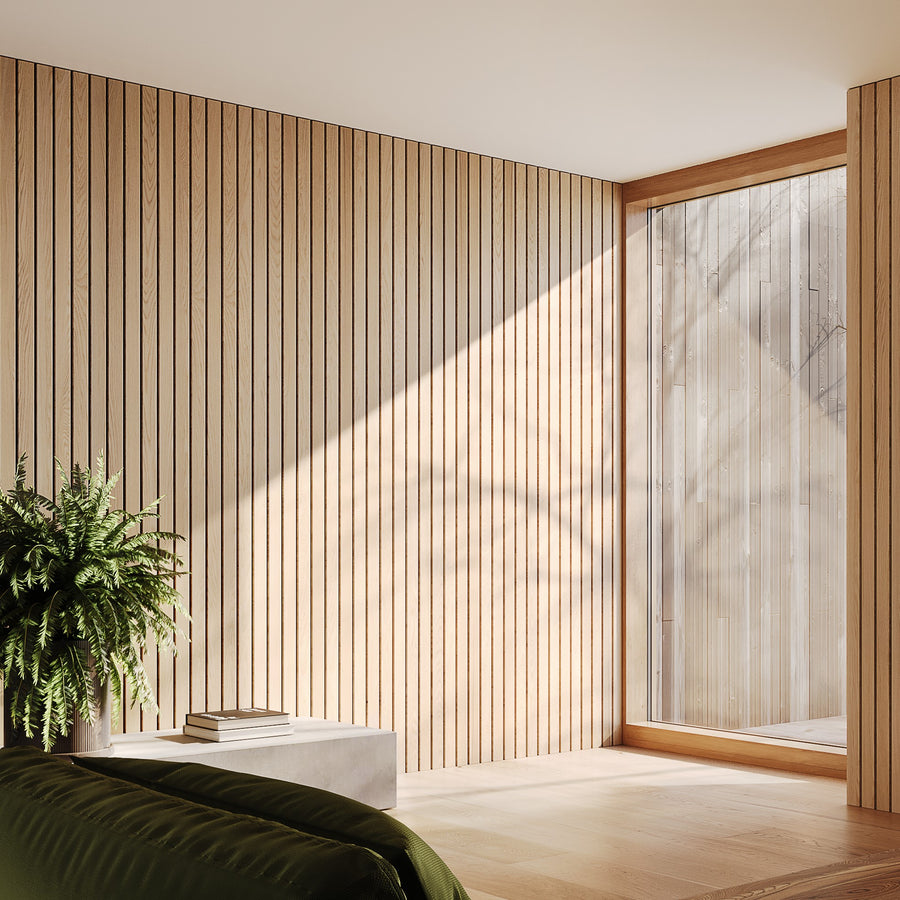
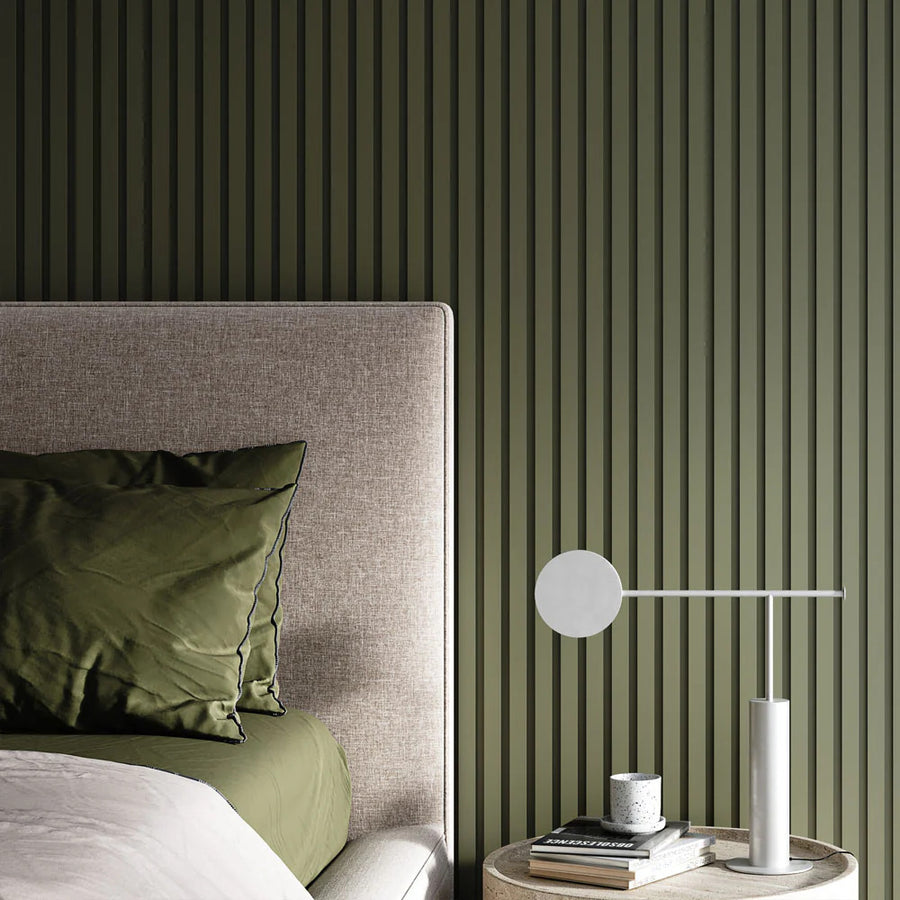
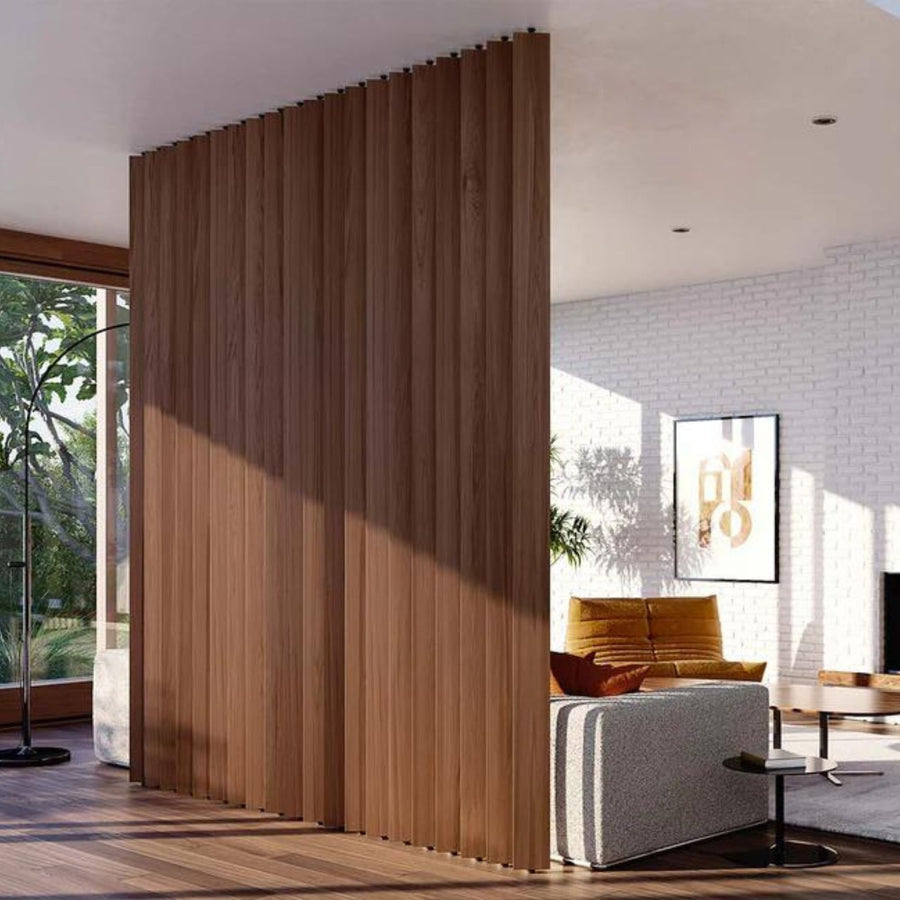
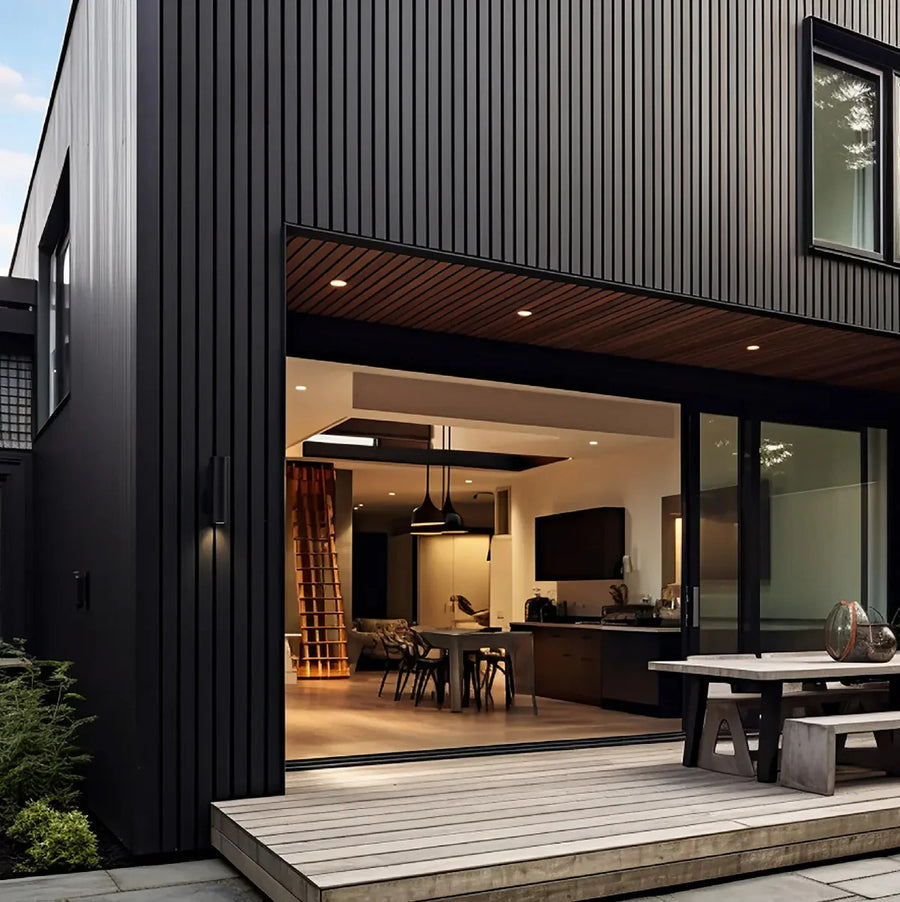
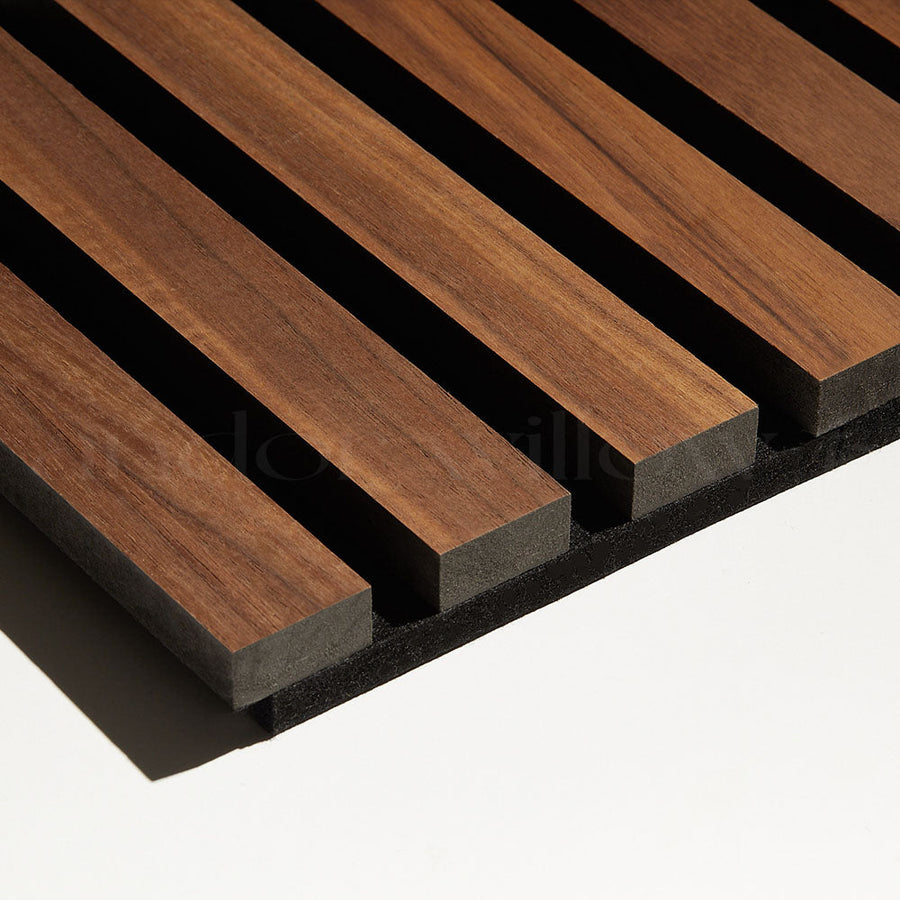
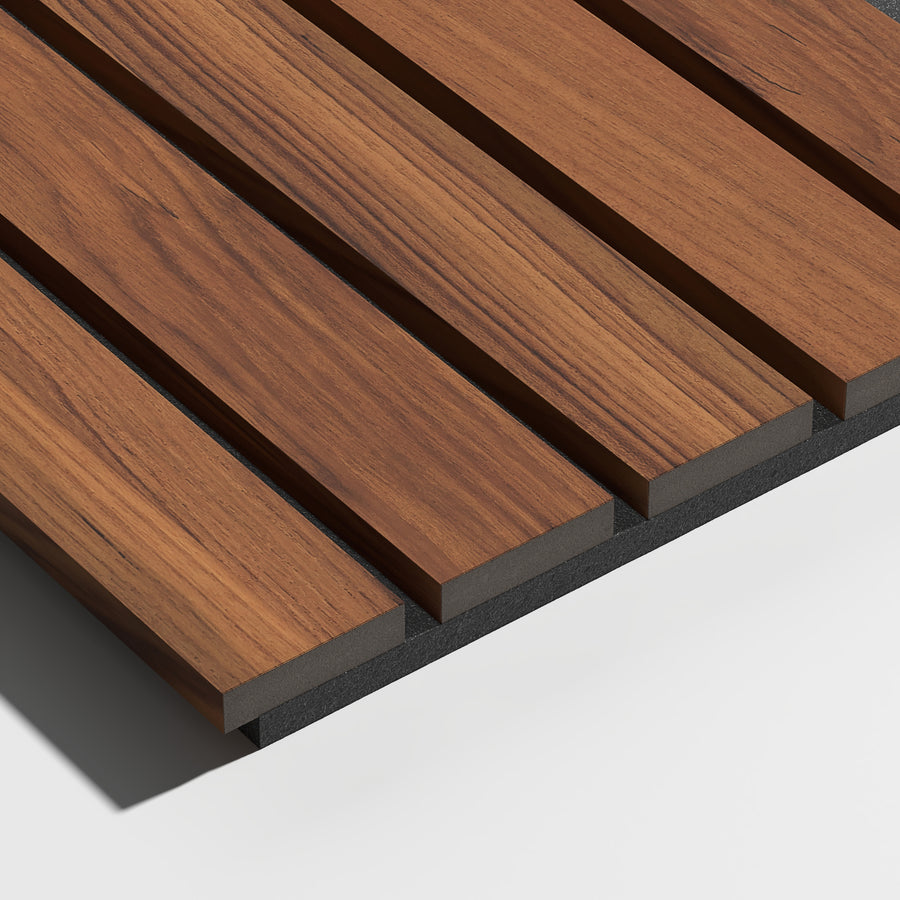


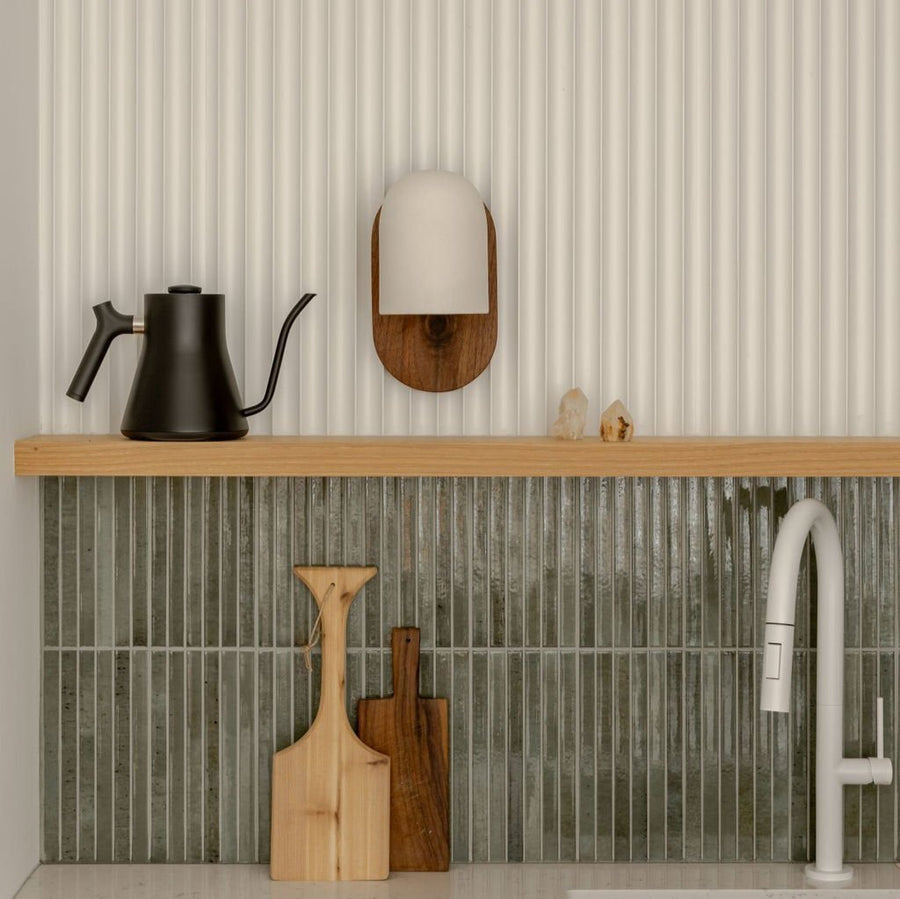
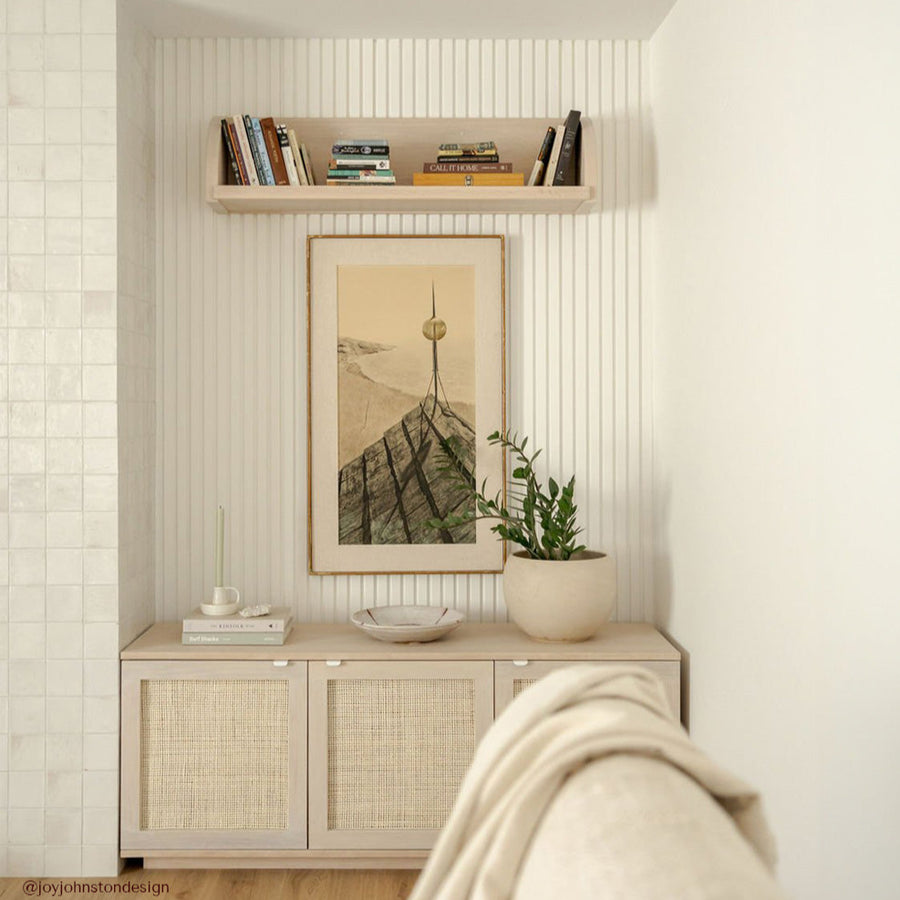

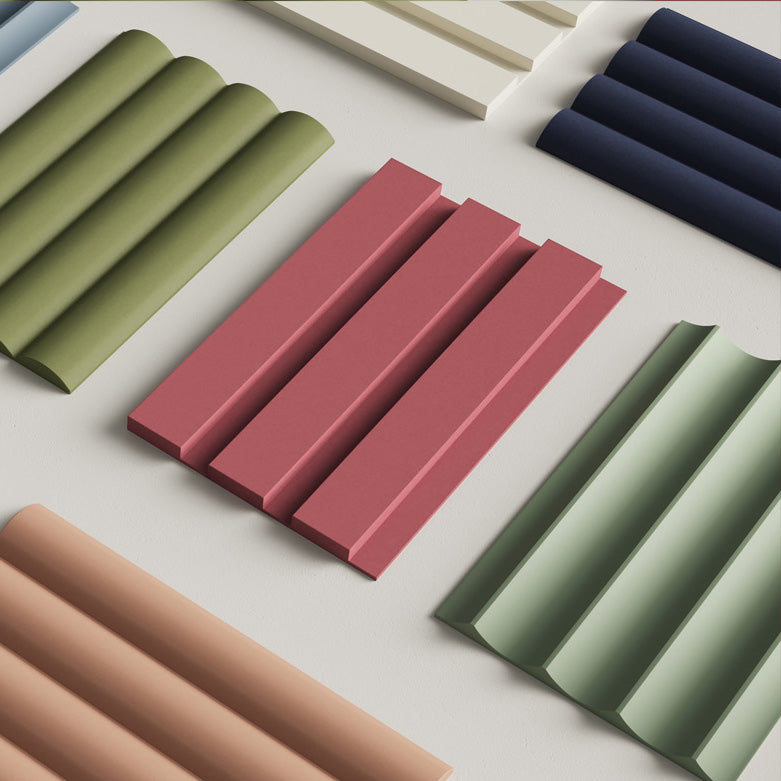









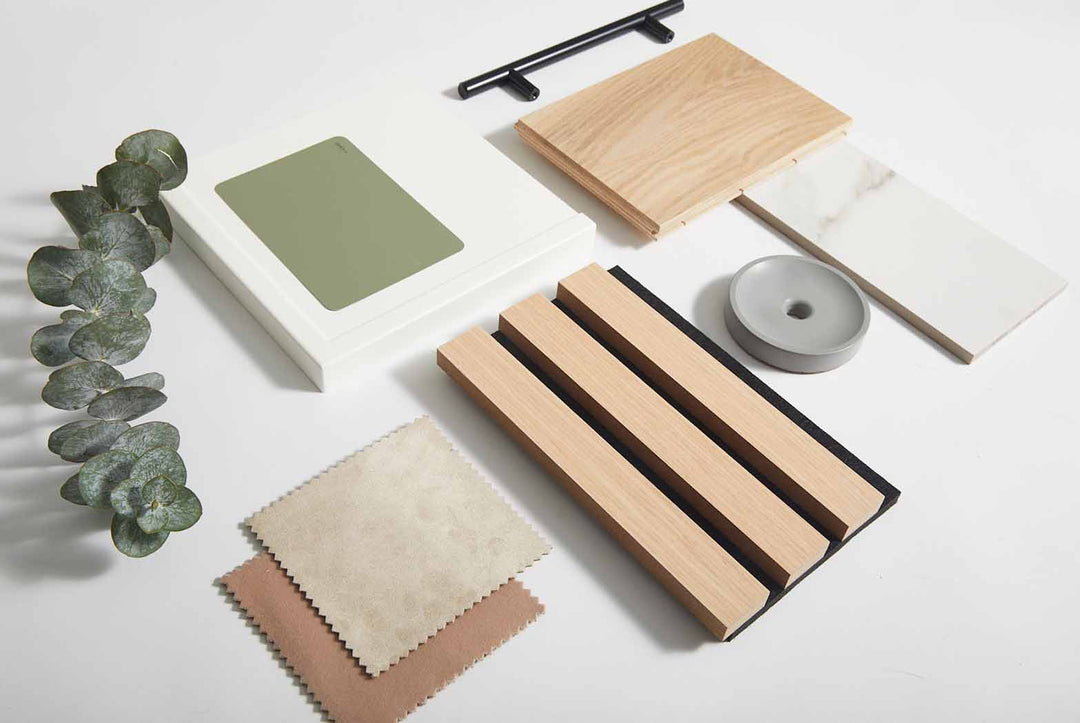

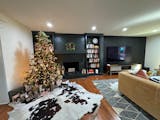
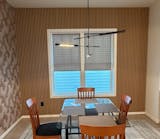
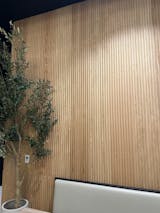
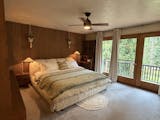






Leave a comment